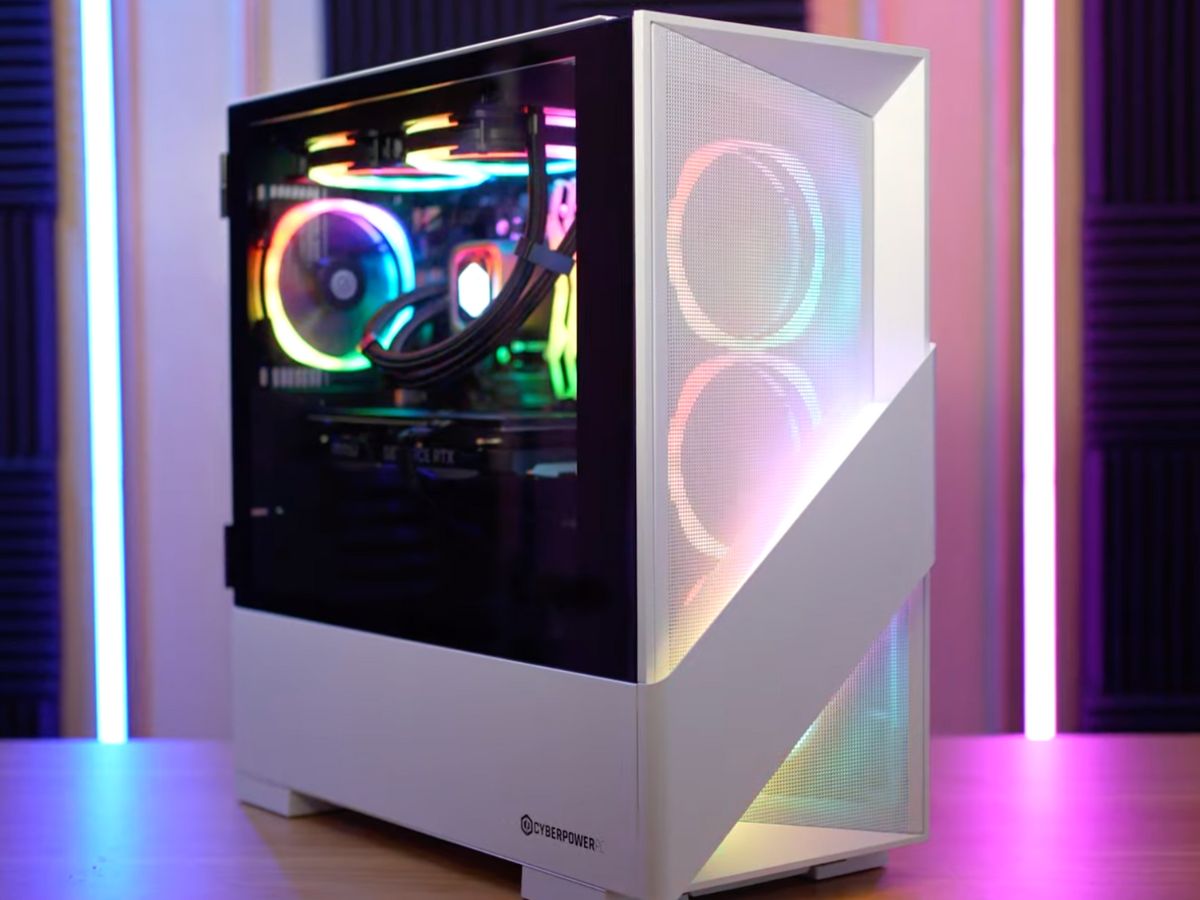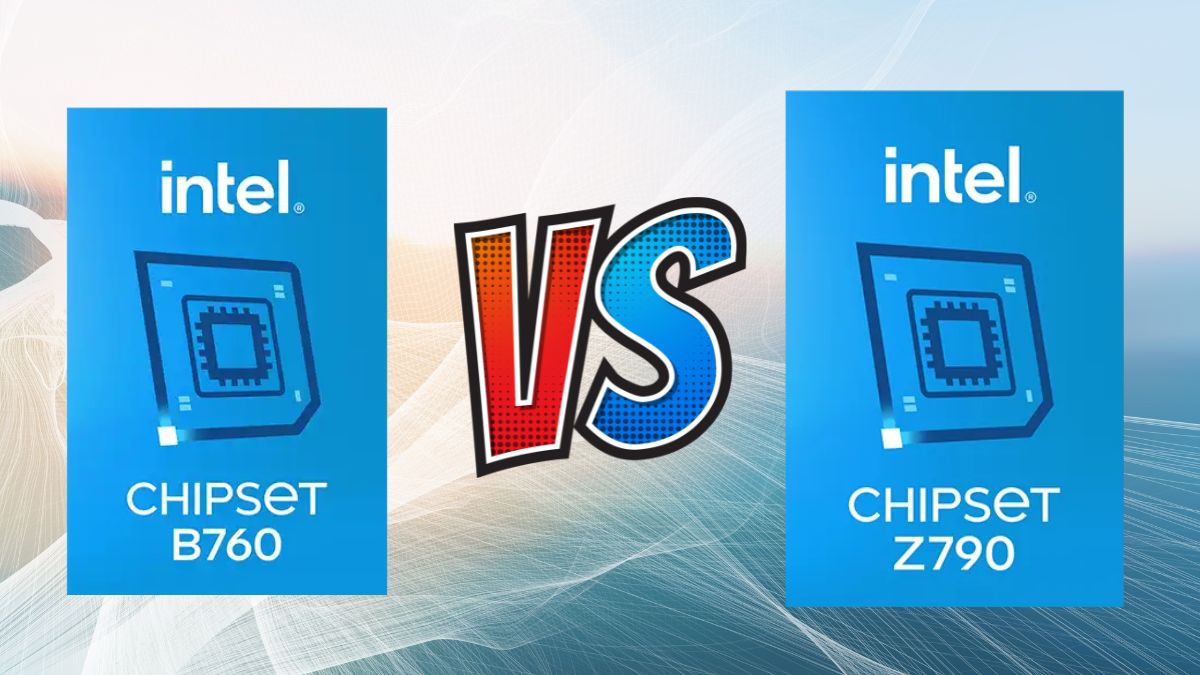
The Intel B760 and Z790 chipsets represent two distinct approaches to computing, catering to different user needs and preferences. While both share the LGA 1700 CPU socket and a 6W TDP, their functionalities diverge significantly. The B760 is engineered for stability and efficient connectivity, emphasizing reliability and optimal performance within standard computing requirements.
In contrast, the Z790 is designed for users seeking enhanced performance, extensive expansion capabilities, and the option for CPU overclocking, making it ideal for demanding tasks and advanced computing needs. In this article, we will compare both the chipsets side by side in our comprehensive comparison between Intel B760 and Z790. Without any further delay, let’s get started!
Intel B760 vs Z790 Specifications Comparison
| Specifications | Intel B760 | Intel Z790 |
|---|---|---|
| CPU Socket | LGA 1700 | LGA 1700 |
| TDP | 6W | 6W |
| CPU Overclocking | No | Yes |
| PCI 5.0 Lanes | 20 | 20 |
| PCI 4.0 Lanes | 10 | 20 |
| PCI 3.0 Lanes | 4 | 8 |
| Integrated Wireless | Intel Wi-Fi 6E | Intel Wi-Fi 6E |
| Memory | DDR4/DDR5 | DDR4/DDR5 |
| RAM Capacity | 128GB | 128GB |
| USB 3.2 Gen 2×2 Ports | 2 (20Gbps) | 5 (20Gbps) |
| USB 3.2 Gen 2×1 Ports | 4 (10Gbps) | 10 (10Gbps) |
| USB 3.2 Gen 1×1 Ports | 6 (5Gbps) | 10 (5Gbps) |
| Total USB Ports | 12 | 25 |
| RAID Support | SATA | SATA |
| Max SATA 6.0GB/s Ports | 4 | 8 |
| DMI 4.0 Lanes | 4 | 4 |
| Compatible CPU | 13th GEN, 12th GEN i5/i7/i9 | 14th GEN, 13th GEN, 12th GEN i5/i7/i9 |
CPU and Power
The central processing unit (CPU) and its power management are critical components in determining the performance and overall efficiency of a computer system. The CPU serves as the brain of the computer, executing instructions and processing data to perform various tasks and operations. The power management of the CPU, including the thermal design power (TDP) rating, is crucial in regulating the amount of heat generated and the energy consumed during operation.
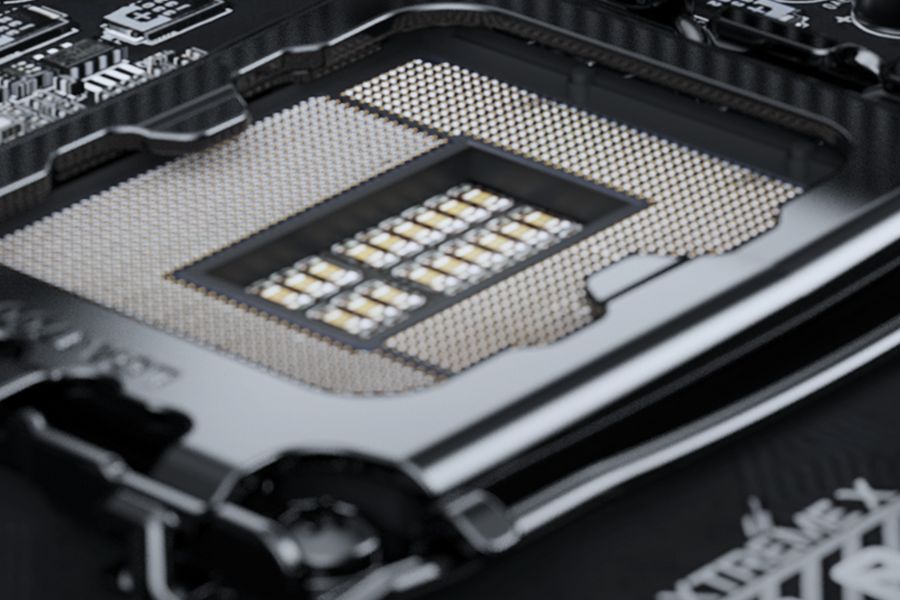
Both the B760 and Z790 chipsets are compatible with the LGA 1700 socket and operate at a TDP of 6W. However, the notable distinction arises in the CPU overclocking capability. While the B760 does not support CPU overclocking, the Z790 chip allows users to push the processor beyond its standard limits for increased performance, making it ideal for users seeking enhanced computing power and performance optimization.
PCI Lanes & Connectivity
PCI lanes are a critical component of a computer’s architecture, playing a vital role in facilitating data transfer between various hardware components. These lanes serve as pathways for information exchange, allowing different devices to communicate with the CPU and enabling the seamless operation of the entire system. The number and type of PCI lanes available on a motherboard significantly impact its overall performance and capacity for expansion.
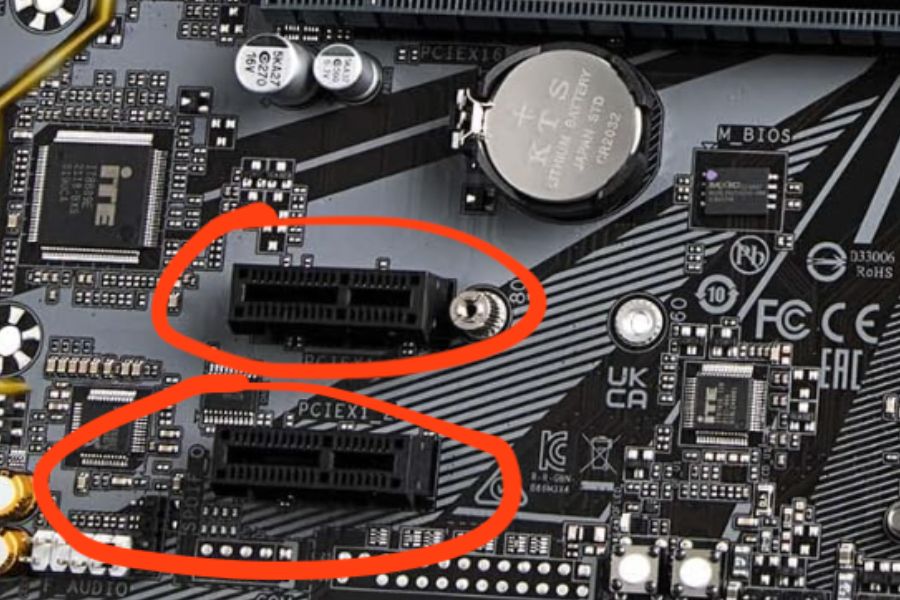
Starting with the B760 chip, it features 20 PCI 5.0 lanes, 10 PCI 4.0 lanes, and 4 PCI 3.0 lanes. These lanes provide essential connectivity for high-speed data transfer, accommodating various expansion cards such as graphics cards, network adapters, and storage controllers. The availability of multiple lanes allows for efficient data transmission, minimizing bottlenecks and ensuring smooth system operation.
In comparison, the Intel Z790 motherboard offers a more robust configuration with 20 PCI 5.0 lanes and 20 PCI 4.0 lanes, in addition to 8 chipset PCI Express 3.0 lanes. This extensive lane configuration enhances the motherboard’s capacity for expansion, enabling support for multiple high-bandwidth devices simultaneously. With increased lane availability, the Z790 motherboard can accommodate advanced graphics cards, high-speed storage devices, and other demanding peripherals without compromising system performance.
For users requiring intensive computing tasks, such as gaming, video editing, or 3D rendering, a motherboard with a higher number of PCI lanes, like the Z790, can significantly enhance the overall performance and responsiveness of the system. The increased bandwidth provided by these additional lanes enables faster data transfer rates, reduced latency, and improved overall system efficiency, ultimately leading to a more seamless and powerful computing experience.
In terms of wireless connectivity, Both chipsets come equipped with integrated Intel Wi-Fi 6E, ensuring reliable and seamless wireless connectivity for a variety of networking needs, providing users with the convenience of a stable and high-speed wireless connection.
USB Ports
USB ports are a fundamental feature of modern computer systems, serving as essential interfaces for connecting various external devices, including keyboards, mice, printers, external storage drives, and other peripherals. The number and type of USB ports available on a motherboard directly impact its connectivity options and the convenience of users in managing their devices.
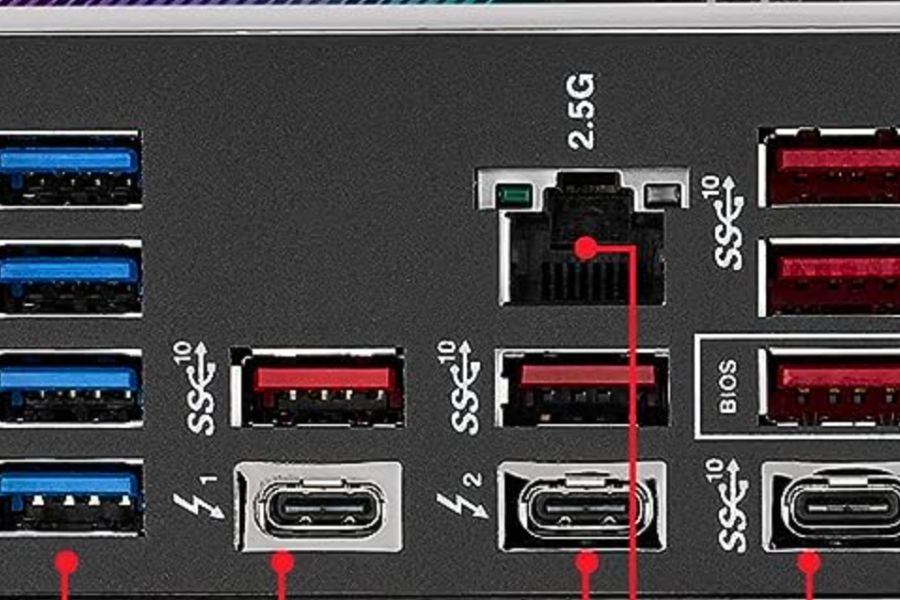
The B760 chip is equipped with a total of 12 USB ports, including 2 USB 3.2 Gen 2×2 ports with a data transfer rate of 20Gbps, 4 USB 3.2 Gen 2×1 ports operating at 10Gbps, and 6 USB 3.2 Gen 1×1 ports with a speed of 5Gbps. These ports offer users a range of options for connecting various peripherals and devices, ensuring efficient data transfer and seamless operation.
On the other hand, the Intel Z790 motherboard boasts a more extensive USB port configuration, featuring a total of 25 USB ports. These include 5 USB 3.2 Gen 2×2 ports providing a data transfer rate of 20Gbps, 10 USB 3.2 Gen 2×1 ports operating at 10Gbps, and 10 USB 3.2 Gen 1×1 ports with a speed of 5Gbps. The increased number of USB ports on the Z790 motherboard allows users to connect a multitude of devices simultaneously, providing enhanced flexibility and convenience for data transfer and peripheral connectivity. Overall, there are plenty of ports available in both the chipsets, irrespective of your usage.
Memory & Storage
In terms of memory, both B760 and Z790 support DDR4 and DDR5 memory types with a maximum capacity of 128GB, allowing users to configure their systems with high-capacity memory for smooth multitasking and efficient data processing, catering to a wide range of memory-intensive tasks.
Regarding the storage, both if these chipsets support SATA RAID and offer a maximum of 6.0GB/s SATA ports. The B760 provides 4 SATA ports, while the Z790 surpasses it with 8 SATA ports, ensuring efficient data storage and retrieval, catering to users with diverse storage requirements and preferences.
Compatibility
Compatibility is a critical aspect to consider when building a computer system, as it determines the suitability of various hardware components and peripherals for seamless integration and optimal performance. In the context of the Intel B760 and Intel Z790 motherboards, compatibility refers to their ability to support specific generations of Intel processors.
The B760 is compatible with 13th GEN and 12th GEN Intel Core i5, i7, and i9 processors, offering stable performance and reliable connectivity. On the other hand, the Z790 supports 14th GEN, 13th GEN, and 12th GEN Intel Core i5, i7, and i9 processors, providing users with the flexibility to choose from a broader range of processor options for enhanced performance and future upgrades.
The extensive compatibility of the Z790 motherboard makes it an ideal choice for users looking to future-proof their systems and leverage the latest advancements in processor and memory technologies. On the other hand, the B760 motherboard’s compatibility with slightly older processor generations caters to users with specific performance requirements and budget constraints, offering stability and reliable performance for standard computing tasks.
Frequently Asked Questions (FAQs)
Which chipset supports 14th Gen Intel processors?
The Intel Z790 supports the latest Intel 14th-generation processors, while the B760 is restricted up to 13th-generation processors.
Do Intel B760 and Z790 come with integrated GPU?
No, none of these chipsets support integrated GPU. You have to rely on a dedicated GPU if you want to process graphics-intensive tasks.
Which one is more suitable for extensive gaming?
The Intel Z790 is the preferable choice for gaming because of its overclocking capabilities and more advanced connectivity options.
The Verdict
By wrapping it up, the B760 chip emphasizes stability, reliable performance, and efficient connectivity, making it an ideal choice for users seeking a dependable and consistent computing experience without the need for advanced overclocking capabilities. Its compatibility with 13th-generation and 12th-generation Intel Core i5, i7, and i9 processors, along with support for DDR4 and DDR5 memory types, ensures versatility and suitability for various computing tasks and applications.
On the other hand, the Intel Z790 motherboard prioritizes high performance, extensive expansion capabilities, and the option for CPU overclocking, catering to users with more demanding computing needs and a preference for pushing the boundaries of processing power. Its compatibility with 14th-generation processors, coupled with support for DDR4 and DDR5 memory types, positions it as a versatile and future-proof option for users looking to build a robust and powerful computing system.
What are your thoughts? Please do let us know in the below comment section!


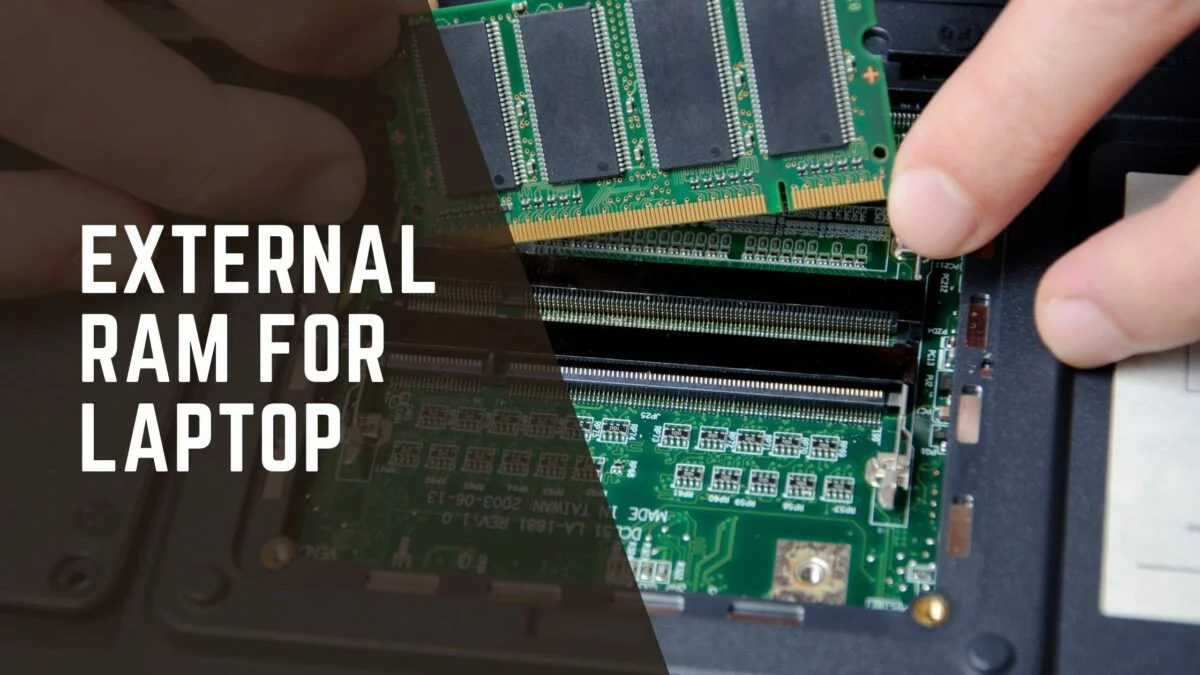


![Best Gaming PC Build under $1000 in 2025 [RX 7700XT]](https://www.geeksdigit.com/wp-content/uploads/2025/02/best-gaming-pc-build-under-1000-336x220.jpg)
